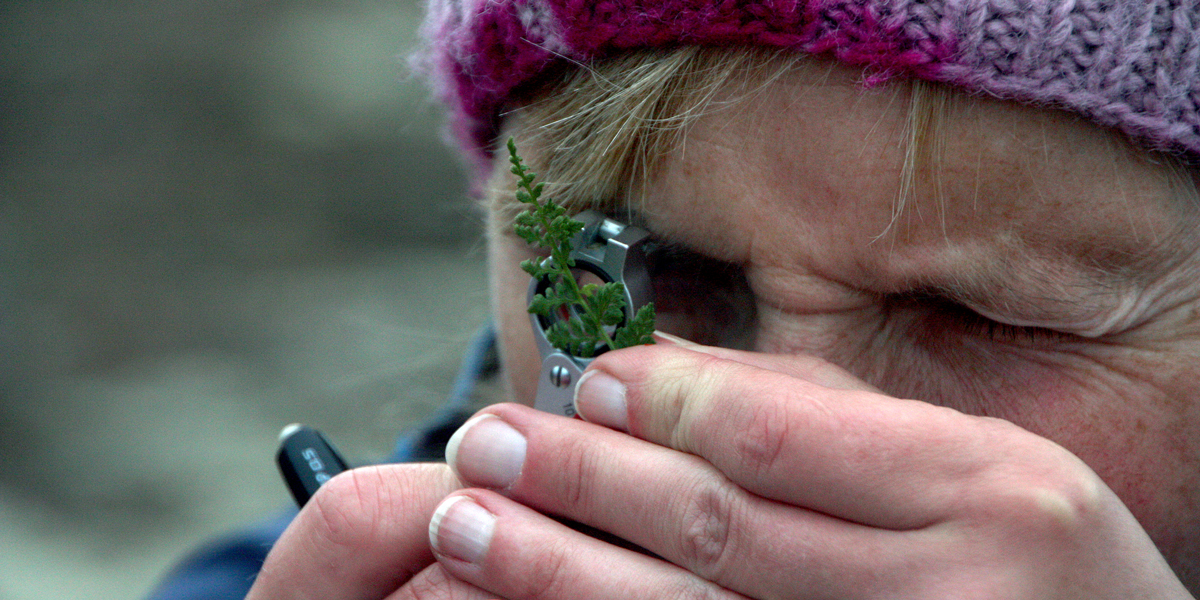Fields of research
Biodiversity, fish and game management, predators and conflicts related to predators, renewable energy, restoration ecology and impacts of climate change are examples of topics covered by NINA.
 Photo © Kari Sivertsen/NINA.
Photo © Kari Sivertsen/NINA.
NINA’s activities encompass resource assessment and monitoring, development of methodologies, environmental impact assessments, community-based resource management, and analysis of natural, anthropogenic and socio-economic aspects of biodiversity and resource management.
- Ecosystem services
- Sustainable harvesting of fish and game stocks
- Monitoring and analyses of time series concerned with changes in nature
- Climate change impacts and adaptation
- Environmental impact assessment related to landuse change
- Nature restoration
- Land use and landscape analyses
- Mapping and monitoring of biodiversity
- Analyses of conflicts related to utilization of natural resources
- Recreational and traditional uses of nature